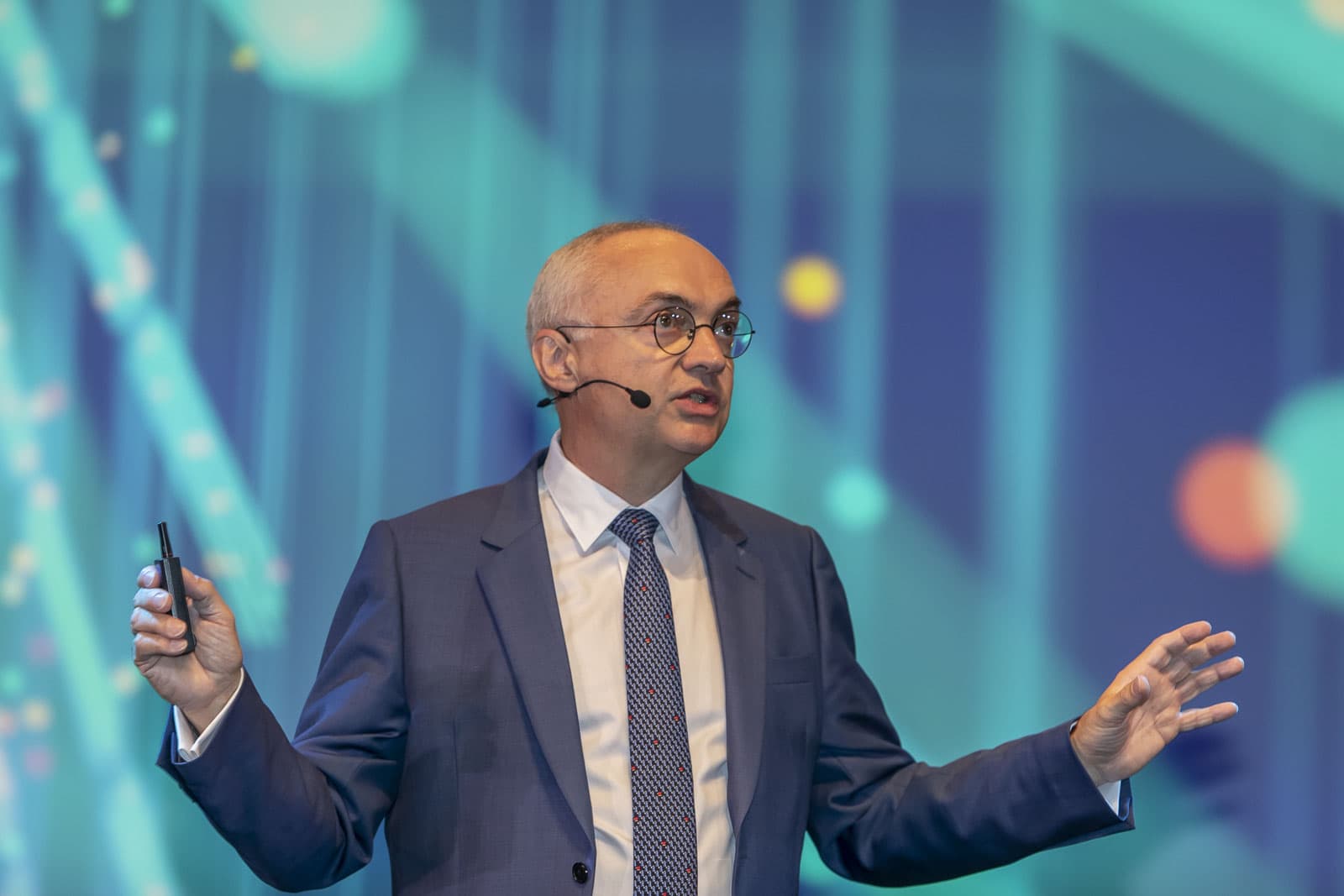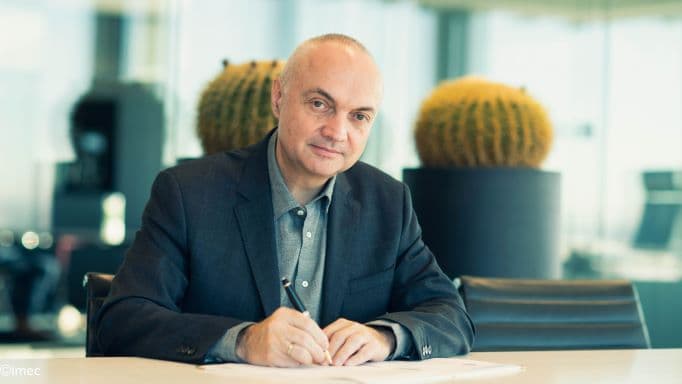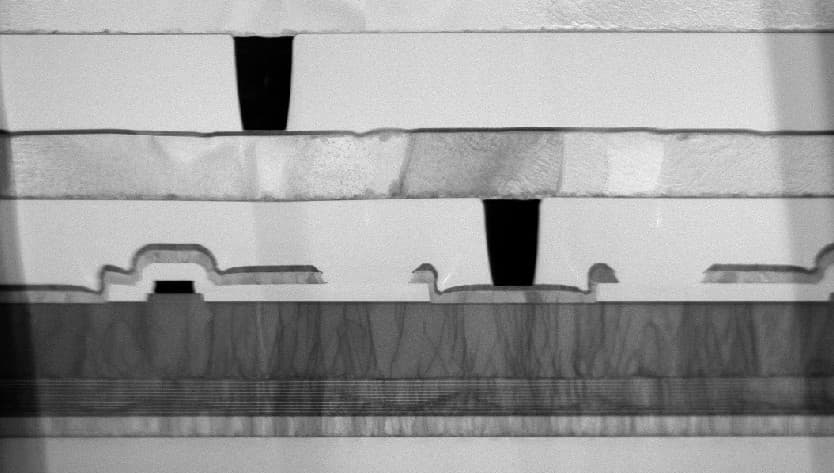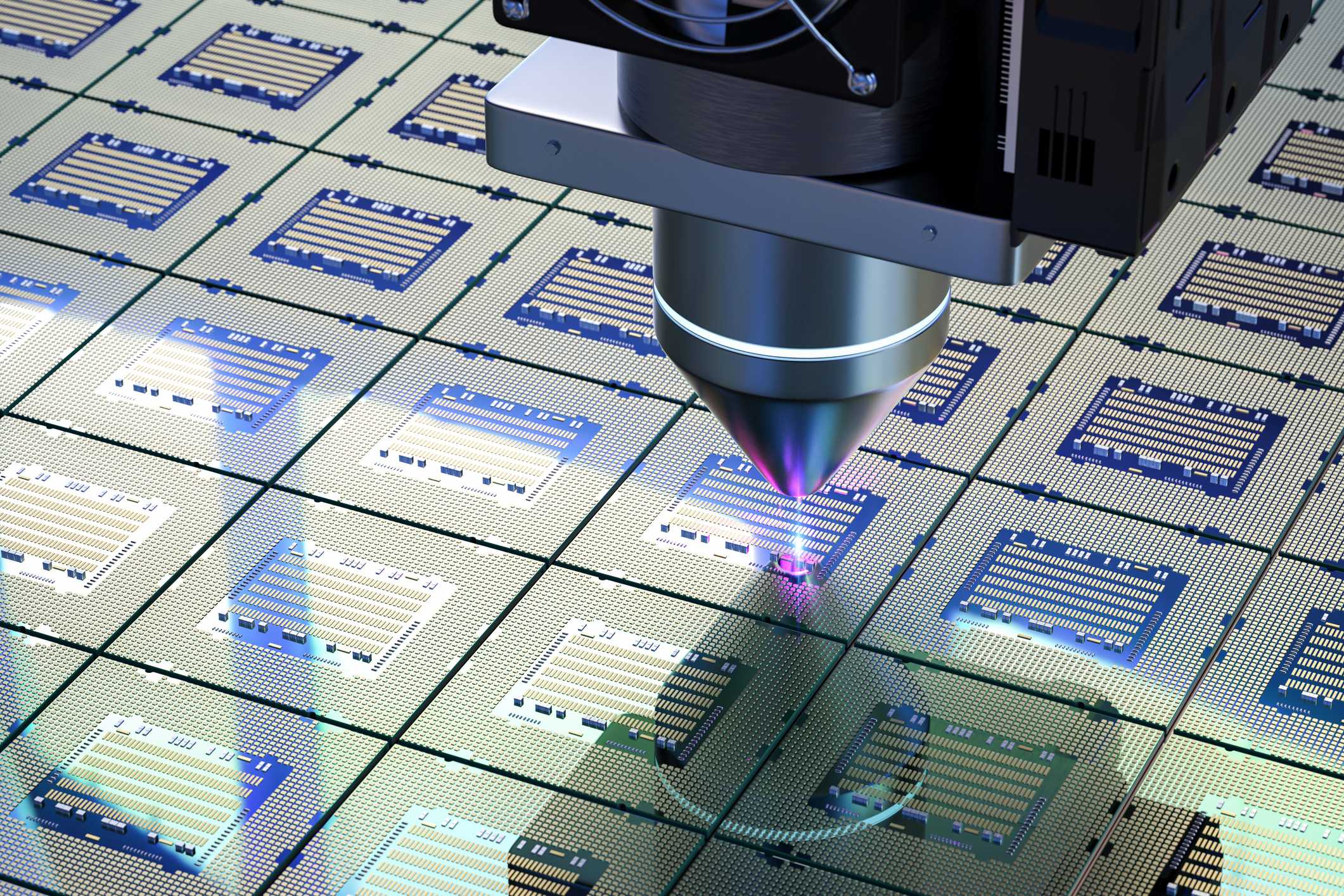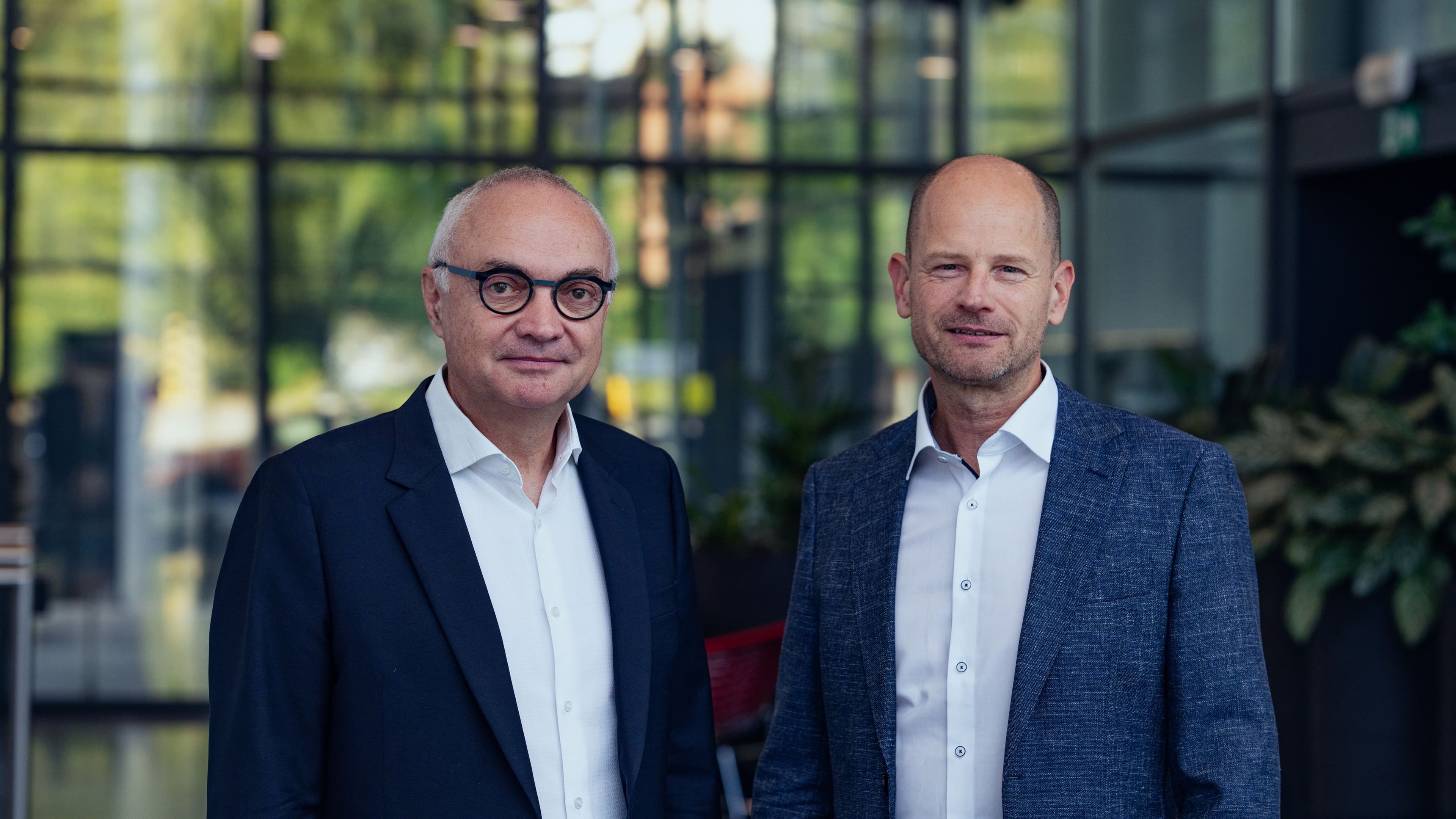What will define Europe’s legacy in the years to come: its history, or its ability to boldly (re)define its destiny? As we step into 2025, Europe stands at a crucial crossroads, poised between its illustrious past and an unpredictable future.
For centuries, the continent has been a cradle of transformative ideas and groundbreaking innovations. From the invention of the printing press in the 15th century and the steam engine in the 18th century to more recent breakthroughs like the World Wide Web and CRISPR technology (poised to revolutionize genetics), its legacy of progress is undeniable. Yet today, political and economic challenges are creating a climate of uncertainty.
These hurdles, however, are not insurmountable. They are a call to action, urging Europe to lead with vision and ambition. They challenge all of us to embrace an exploratory mindset, set ambitious goals and make bold decisions.
The semiconductor industry embodies this very spirit. For decades, it has thrived on a foundation of innovation and resilience, thus providing a powerful source of inspiration for shaping the future – of Europe, and the world.
Embrace a visionary mindset
The chip sector is renowned for continually pushing boundaries and pursuing new opportunities. Consider the ongoing efforts to develop chip technology that can help us fight cancer or neurodegenerative diseases such as Alzheimer’s and Parkinson’s.
Pioneering advances in quantum computing, photonics, and the use of 2D materials further illustrate the sector’s exploratory nature. Materials like graphene and transition metal dichalcogenides such as WS2 hold the potential for revolutionary applications due to their exceptional mechanical strength and thermal and electrical conductivity. Yet, transitioning these materials from the lab to the fab remains a formidable challenge. Thus, by integrating AI-driven reinforcement learning with traditional molecular simulations, researchers aim to accelerate the design of these materials and enable new breakthroughs.
“The semiconductor industry is chasing the angstrom scale – a unit so small that if the thickness of a human hair were the length of a football field, an angstrom would be a nearly invisible speck on it.”
Turning a vision into reality also requires collaboration – across sectors, disciplines and borders – and a certain amount of risk-taking. At imec, for example, we have been deepening our commitment to industries such as healthcare and automotive.
In addition, we strongly believe in the potential of start-up driven innovation. For instance, the imec.istart program, the world's leading university-affiliated business accelerator, has already helped close to 300 start-ups enter the market and facilitated nearly 1 billion euro in follow-on funding. In parallel, through our venturing efforts and imec.xpand (one of the world's largest independent venture capital funds – with a focus on early-stage semiconductor innovation) we specifically support deep-tech start-ups. These are all initiatives that we want to continue to grow internationally in 2025. After all, they do much more than simply stimulate and finance innovation: they lie at the basis of entire ecosystems where visionary ideas can mature and thrive.
Set ambitious goals
Every leap forward in chip technology has reshaped our world. So, I firmly believe that by showing ambition and mirroring some of our industry’s best practices, Europe can chart its own transformative path and secure its role as an innovation leader.
Over the past few decades, chips have become millions of times more powerful – an incredible advance that reflects countless technological breakthroughs. In fact, having mastered the micrometer and nanometer dimensions, the semiconductor industry is now aiming for the angstrom scale – a unit so small that if the thickness of a human hair (about 100,000 Å) were stretched to the length of a football field, a single angstrom would resemble a nearly invisible speck on that field. Talk about ambition, right?
“Successful innovation hinges on a combination of ideas, talent, perseverance, and the courage to make bold decisions and investments.”
To sustain this remarkable pace of innovation, the industry is embracing revolutionary approaches to device and system scaling. For instance, High NA EUV lithography is bringing unprecedented precision, while advanced CFET transistor architectures – with a next version of back-end interconnect technology providing power from the back end, but also local signal lines from both front and back end – promise to shrink device dimensions even further. In parallel, system-technology co-optimization (STCO) is tackling chip systems’ critical challenges in terms of thermal management, power efficiency, memory and compute power.
However, we should not forget that achieving ambitious goals requires more than technological excellence; it goes hand in hand with the availability of skilled talent. This is why imec, building on its long-standing partnerships with Flemish universities, is actively strengthening ties with universities across Europe, the US and Asia. After all, international collaboration will be crucial in achieving the industry’s ambitious targets.
Make bold decisions
Successful innovation hinges on a combination of ideas, talent, perseverance, and the courage to make bold decisions and investments. This principle underpins the various Chips Acts being implemented around the world. They offer inspiring models for driving innovation at scale.
The EU Chips Act is a prime example – a comprehensive program mobilizing more than 43 billion euro in public and private investment to strengthen Europe’s leadership in semiconductor technology. A cornerstone of this effort is the Chips for Europe initiative, which includes the development of cutting-edge pilot lines such as NanoIC. This advanced facility, hosted by imec, is designed to accelerate beyond-2nm chip innovation, and provide OEMs, SMEs, start-ups, universities, and design and system companies with access to state-of-the-art technology, tools, and software for prototyping next-generation chip solutions.
“A consortium led by imec has been invited to negotiate the role of coordinating the EU Design Platform. We look forward to announcing updates on this exciting development soon.”
Complementing the pilot lines, the deployment of 27 Chips Competence Centers across Europe’s member states is another important step in strengthening the EU’s semiconductor innovation ecosystem. The Competence Centers will provide companies – especially SMEs and start-ups – with critical resources, including training, expert support and access to world-class infrastructure. This infrastructure includes not only the aforementioned pilot lines but also the newly announced EU Design Platform that will accommodate vendor-neutral access to EDA tools and IP libraries, enabling a faster and more cost-effective chip design process (which will particularly benefit SMEs). Notably, a consortium led by imec has been invited to negotiate the role of coordinating this EU Design Platform, so we look forward to announcing updates on this exciting development soon.
Now is the time to act
I strongly believe that to ensure our future prosperity, we must show bold leadership and take decisive action – now. And while this principle applies to all aspects of society, a critical focus is on accelerating research and closing the gap with industry.
The EU’s recent investment in microchip technology, which will pay dividends in 2025 and beyond, is an important step in this direction. Efforts like these will revitalize industries, position Europe as a leader, and provide start-ups with the opportunity to grow into the unicorns of tomorrow.
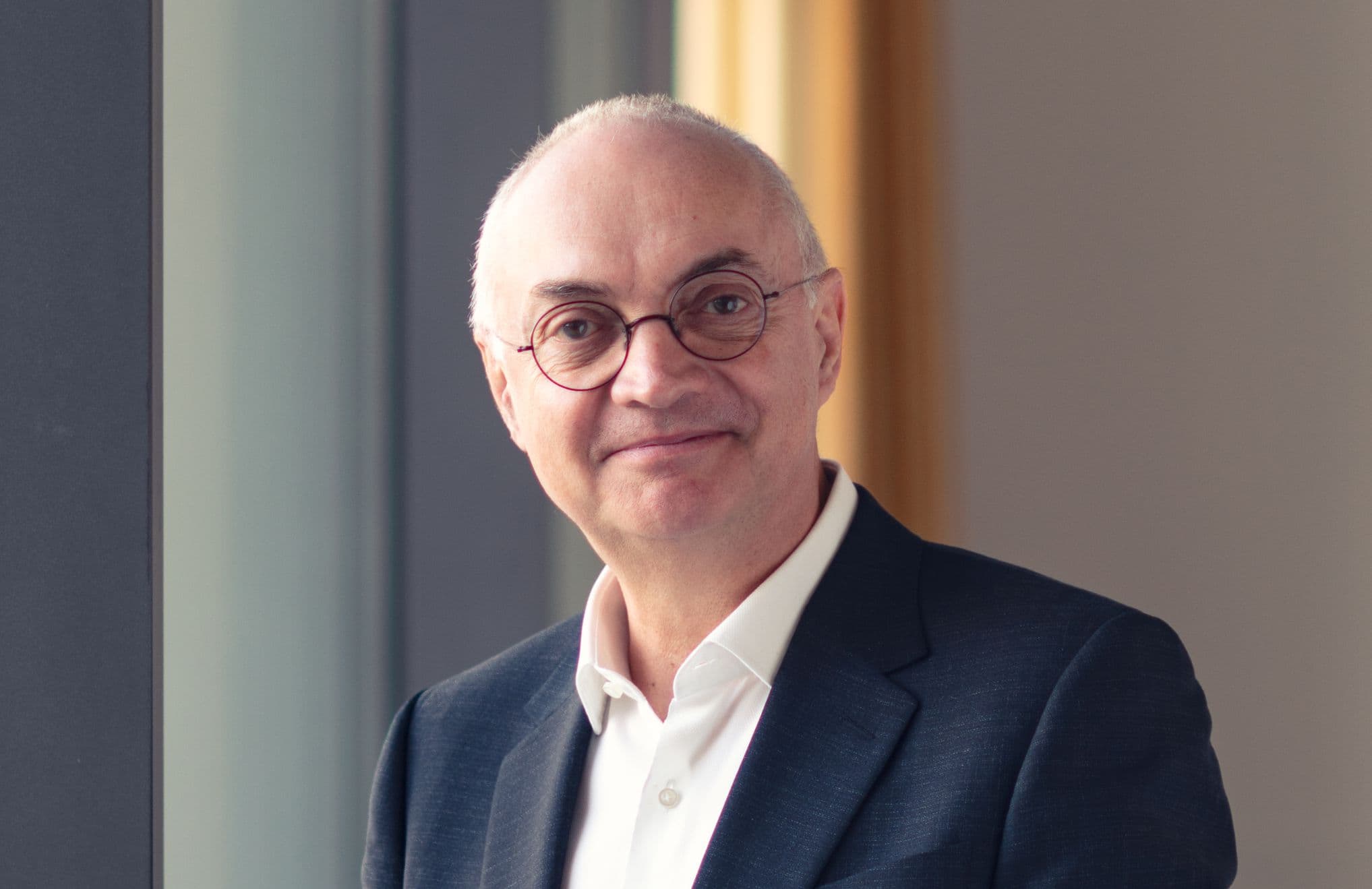
Luc Van den hove is President and CEO of imec since July 1, 2009. Before he was executive vice president and chief operating officer. He joined imec in 1984, starting his research career in the field of silicide and interconnect technologies. In 1988, he became manager of imec’s micro-patterning group (lithography, dry etching); in 1996, department director of unit process step R&D; and in 1998, vice president of the silicon process and device technology division. In January 2007, he was appointed as imec's EVP & COO. Luc Van den hove received his PhD in electrical engineering from the KU Leuven, Belgium.
In 2023, he was honored with the Robert N. Noyce medal for his leadership in creating a worldwide research ecosystem in nanoelectronics technology with applications ranging from high-performance computing to health.
In 2025, he was awarded the honorary distinction from the Flemish Community in recognition of his impressive role in strengthening Flanders as a leading innovative region.
He has authored or co-authored more than 200 publications and conference contributions.
Starting in April 2026, he will take on a new role as Chair of imec’s Board of Directors.
Published on:
20 January 2025



